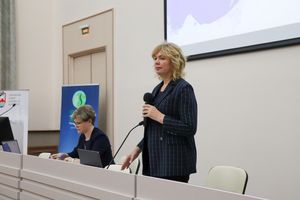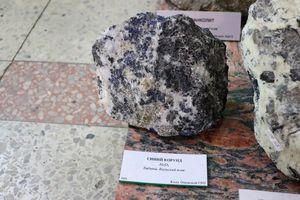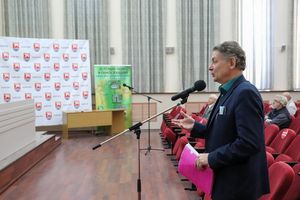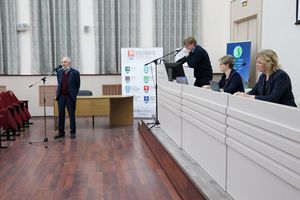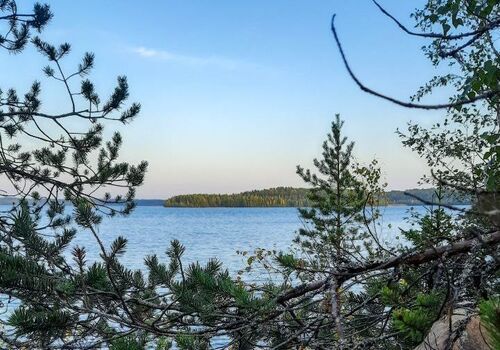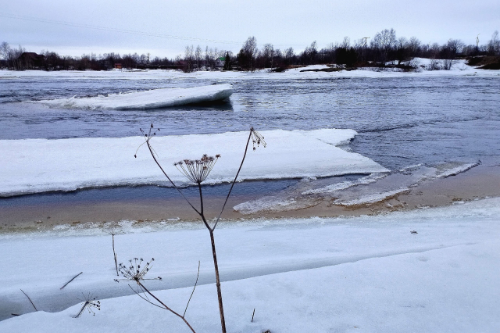Doctor of Geology and Mineralogy Vladimir Shchiptsov with colleagues have systematized available data, both from the literature and their own, on noble corundums of the world. The data suggest that the main sources of corundum on the planet are Precambrian [540 Ma to 4 Ga BP] bedrock deposits formed in high-pressure and high-temperature (metamorphogenic) environments. Yet, mining for corundums on different continents is mostly confined to relatively shallow deposits and placers in the most recent, Quaternary, formations.
Corundum can be found in Karelia, too. Its main deposits here are Hit-Ostrov Island and Mount Dyadina Gora in the Louhi District. There, in the Belomorian Mobile Belt area, the conditions in the Precambrian period were favorable for their formation.

– The reserves in Quaternary sediments of the area are now largely depleted, so much attention is given to sources in bedrock and our territory is of utmost significance in this sense, – Vladimir Shchiptsov remarked.
He emphasized that we’re not yet speaking of industrial-scale mining: “We’ll never encounter million-ton reserves – it’s carats that are counted”. Furthermore, corundum mining in other regions is still done in Quaternary formations, which is much cheaper than drilling holes several hundred meters deep through bedrock. This is the reason for the understudied status of the mineral in Precambrian formations.
Nonetheless, research in underway. With high-tech equipment available, staff of the Institute of Geology KarRC RAS can analyze the mineral’s geochemistry, the content of impurities and various inclusions, carry out spectroscopy. This is necessary to identify the conditions in which corundum had formed.
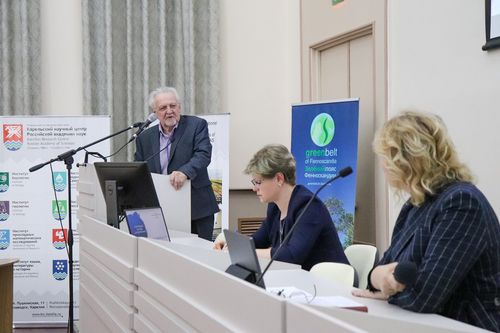
– It’s important that objects of this level are available for our research – they can provide essential information for basic science. This means genetic mineralogy





